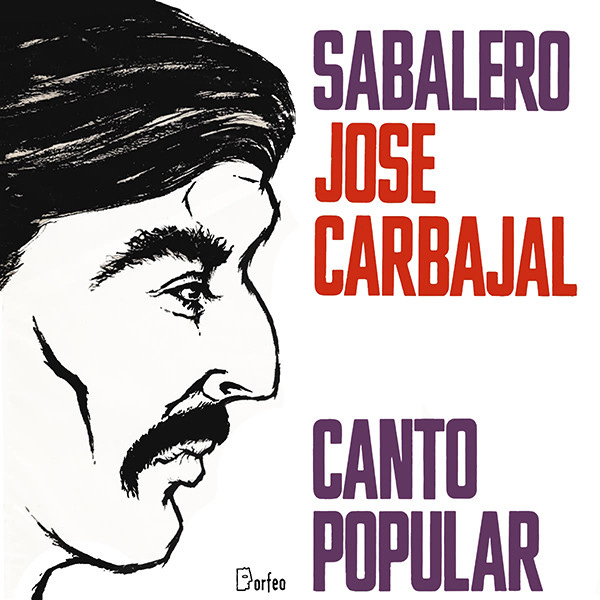EVERY GENRE PROJECT - March 19 - Chamarrita rioplatense
Genre of the Day - Chamarrita rioplatense
Album of the Day - Canto Popular by José Carbajal “El Sabalero” (1969)
March 19, 2024
While I flew north yesterday—carrying the dreaded Montezuma’s revenge with me—this column has been flocking south quite a bit, contrary to the laws of the seasons. In the last month we had Chilote music, and last week we had another Chilean genre pop up in canto a lo poeta. The Southern Cone is a bit of a mystery to me—Chilean, Argentinian, and Uruguayan culture don’t have much cultural penetration in the US. Evita is perhaps as close as the US has gotten to a major Argentinian cultural breakthrough. There’s Messi, and Pedro Pascal. Empanadas are an impeccable delicacy. Mercedes Sosa is relatively famous, but as a whole a lot of Southern Cone music hasn’t saturated the US or even made as much of a dent within the Latin world as their Caribbean, Mexican, and northern South American counterparts. But that’s what this column is for!
Chamarrita rioplatense is a genre with just 11 releases on RYM, so for the first time in a minute we’re wading in deeply opaque water. The origin of the fluttering guitars of this genre isn’t even defined. Sources I found generally attribute it to the tiny Portuguese islands of the Azores. The Azores are a mid-Atlantic island chain settled by Portugal in the 1400s as it began to plant the seeds for its vast maritime domination. A little too successfully settled, the small and overstuffed Azores began to bleed in population, with emigrants departing for the expanse of Brazil, Argentina, and Uruguay. One thing about the Portuguese: they’ll take a little guitar anywhere. Thanks to Portuguese immigrants, we have the ukulele being formed from the Portuguese machete and transformed into sonic gold by Hawaiian musicians.
Chamarrita in the Rio de La Plata in general might differ a bit from their Azorean precursors, but also refer to a lively dance rhythmically carried by the guitar. Like many other traditional genres of the region, the genre is so connected to dances with extreme attention-to-detail with steps and tradition that hearing the music is just one piece of the puzzle. A lot of this column is a realization that music in itself, simply absorbed with one’s sense of hearing, is so much more a full-bodied, visual, spiritual, physical experience than simply sound. It’s both a cool and daunting realization: I know that I’m only scratching at the surface with some of these genres. But to be able to listen to them at all, just a few clicks away from entering a little world like buying a snowglobe, is a little wonder.
Today’s proponent of Chamarrita rioplatense is Uruguay’s José Carbaal, who was prominent in Uruguayan music in the mid-20th century. A passing look at YouTube comments reveals the adoration for this man that persists. On this spare album, his 1969 breakthrough, he combines his gifted guitar talent with dashes of twinkly harpsichord and poetic lyrics. It’s interesting to see the intersection of a dance tradition in a singer-songwriter context, and it’s a formula that makes sense in terms of success: marrying folkloric musical nostalgia to thoughtful lyrics draws out deep wells of emotions in listeners. I can’t always relate here: I’m still a nascent learner of Spanish, and his distinctive regional pronunciation even obscures words I might’ve recognized in a different accent (not to mention the haze of either already-rusty recording techniques or simply a low quality rip being uploaded to Spotify), but the depth and talent of his voice still transcends. An emotive singer, he wavers between whispers and calm spoken word sections to the fiery, standout stomper “A Mi Gente,” riding its unusual booming percussion with ease. It’s a sonically riveting listen, and I wish I understood the lyrics a little better. Opener “Chiquillada” sketches sunny vignettes of a rich childhood that come back with sadness on “Grillo Cebollero.” the more pointed “A Mi Gente” seems to decry miserable conditions for his community and to keep fighting for the beauty of community. This is a genre that resonates globally to me, even from its small slice at the confluence of two rivers a continent away.




